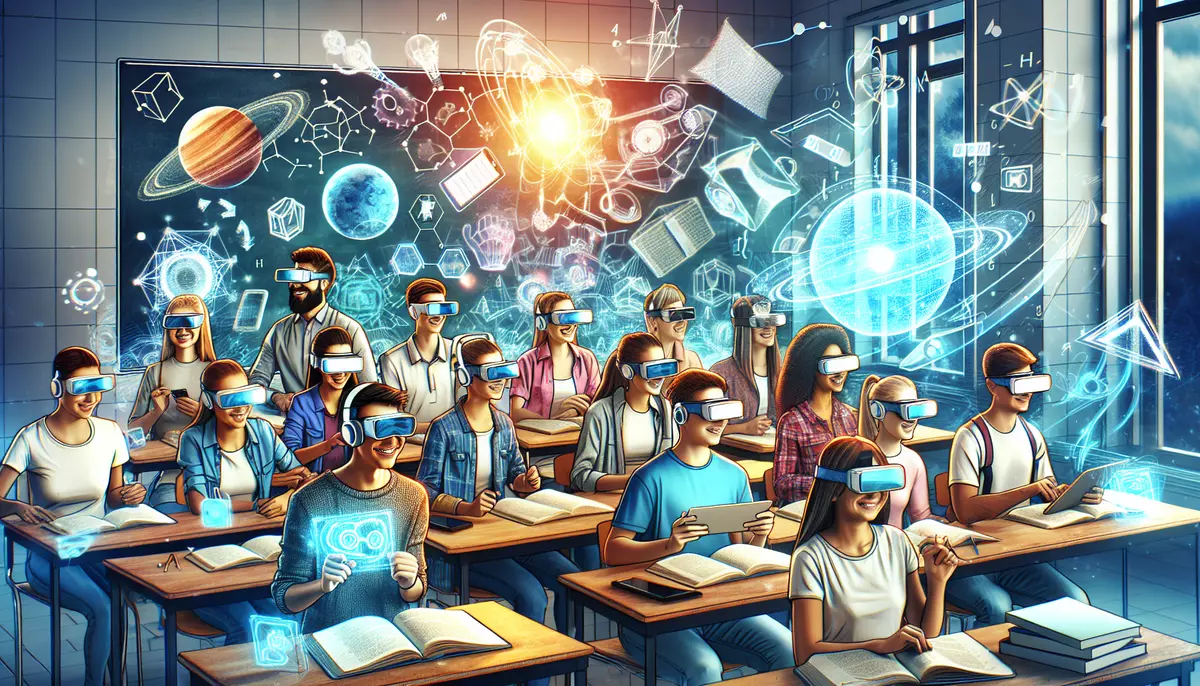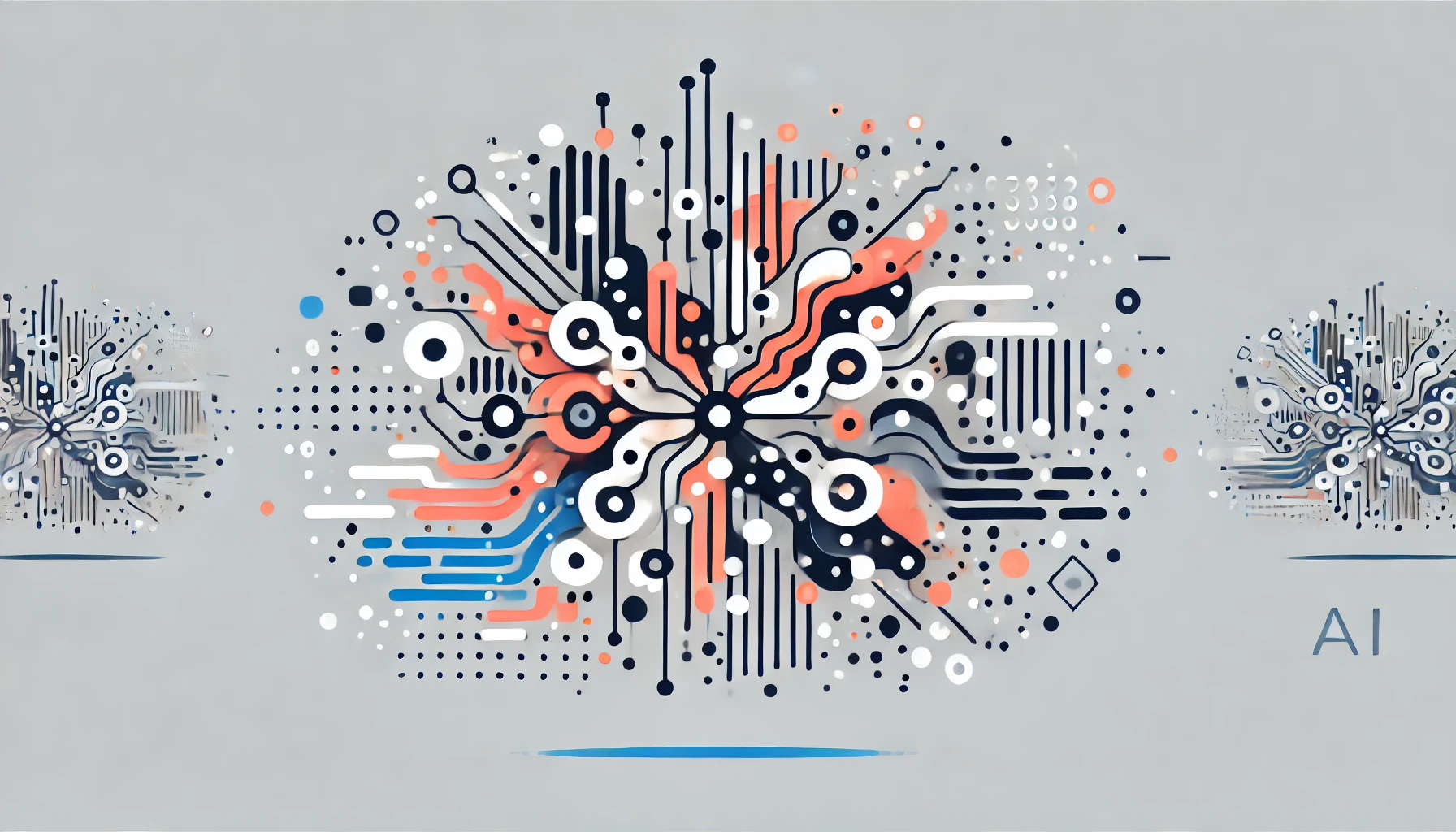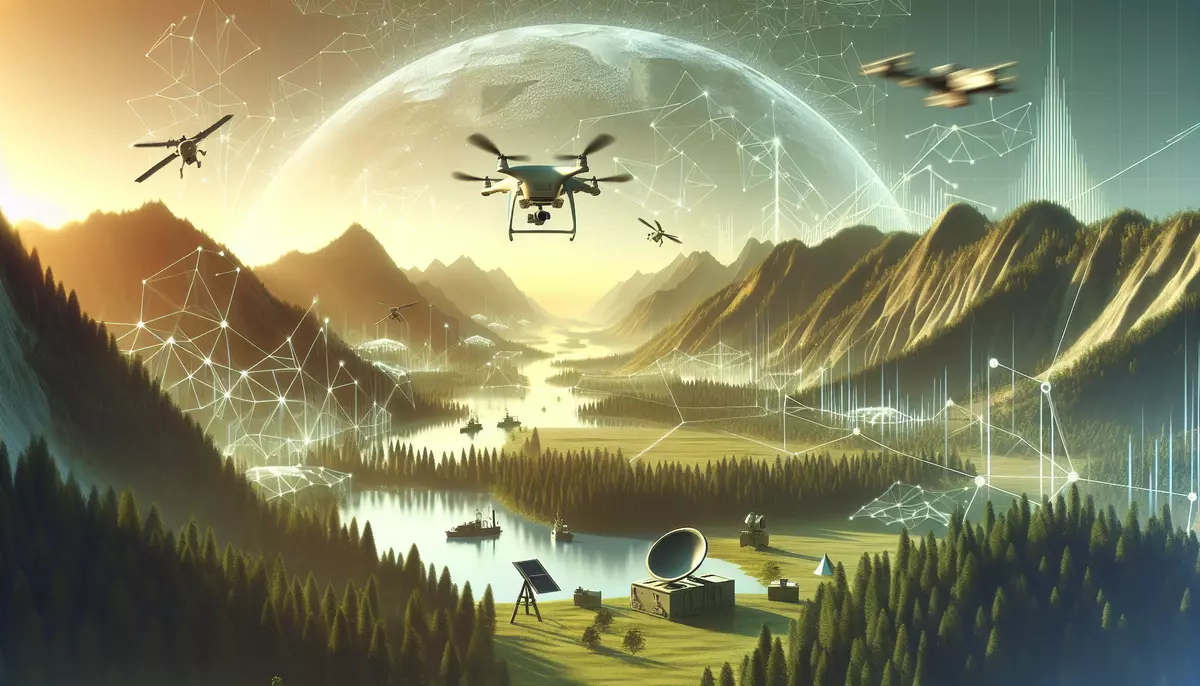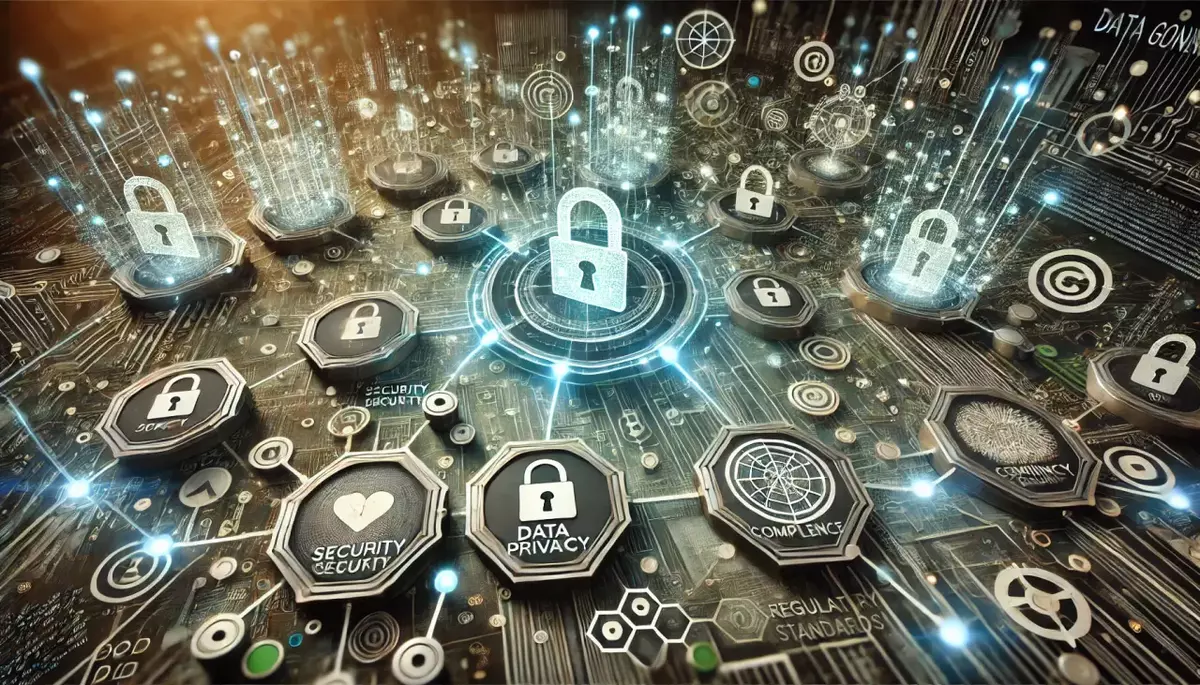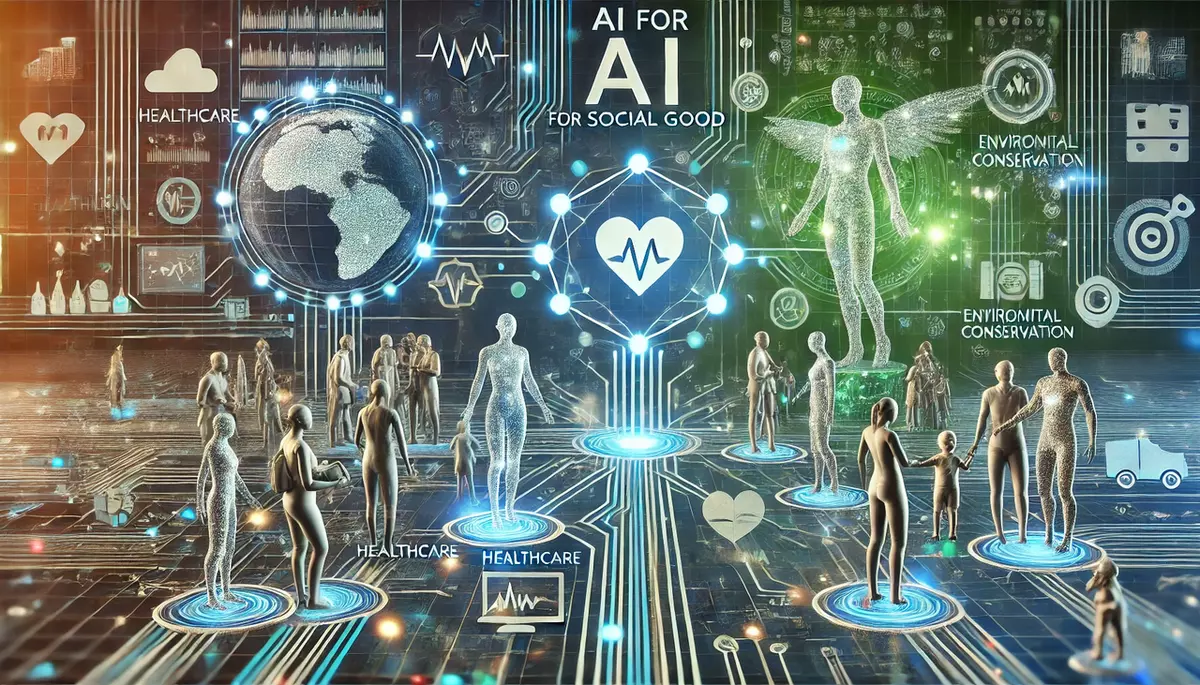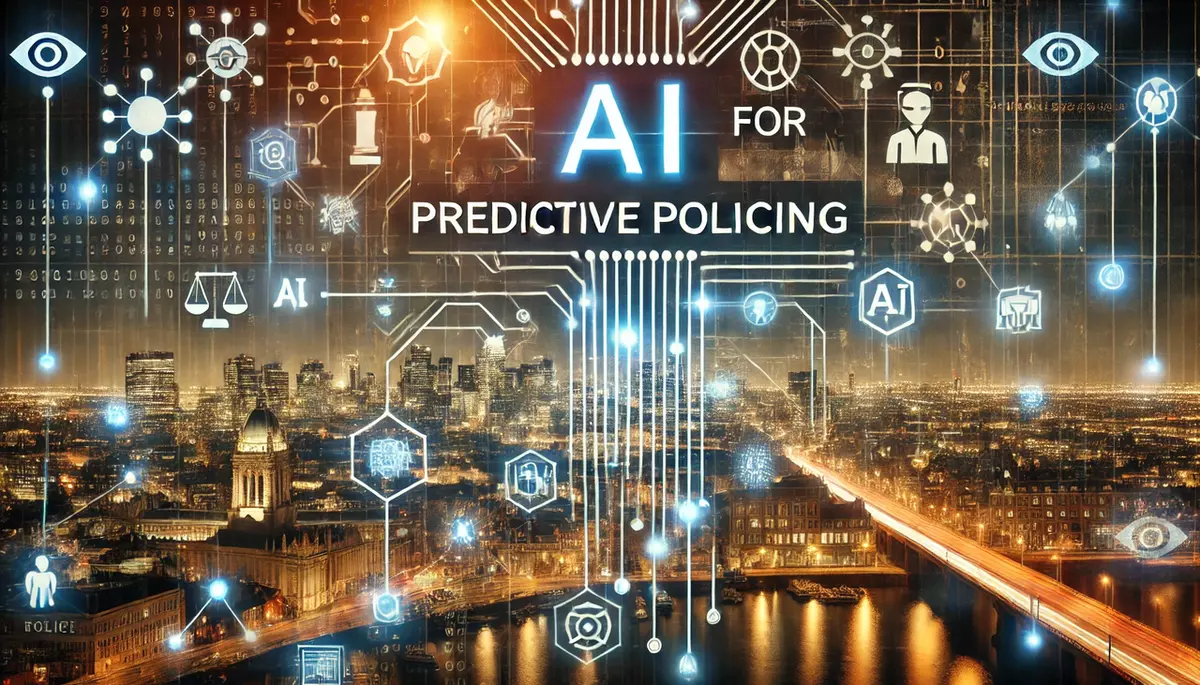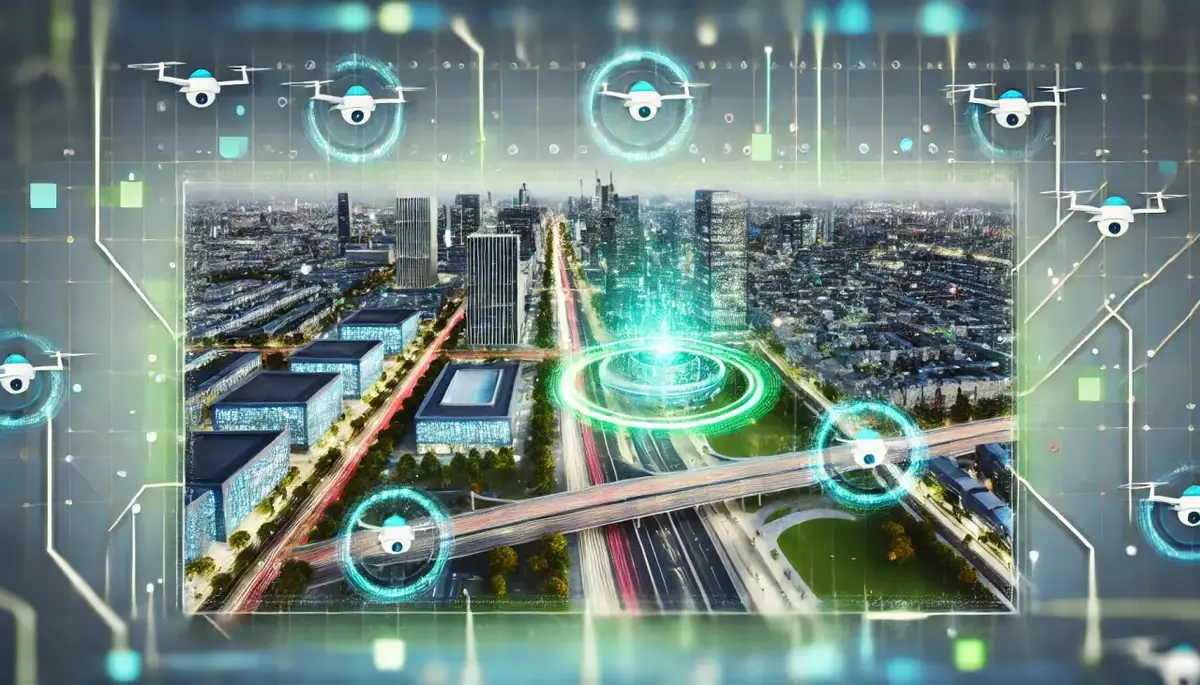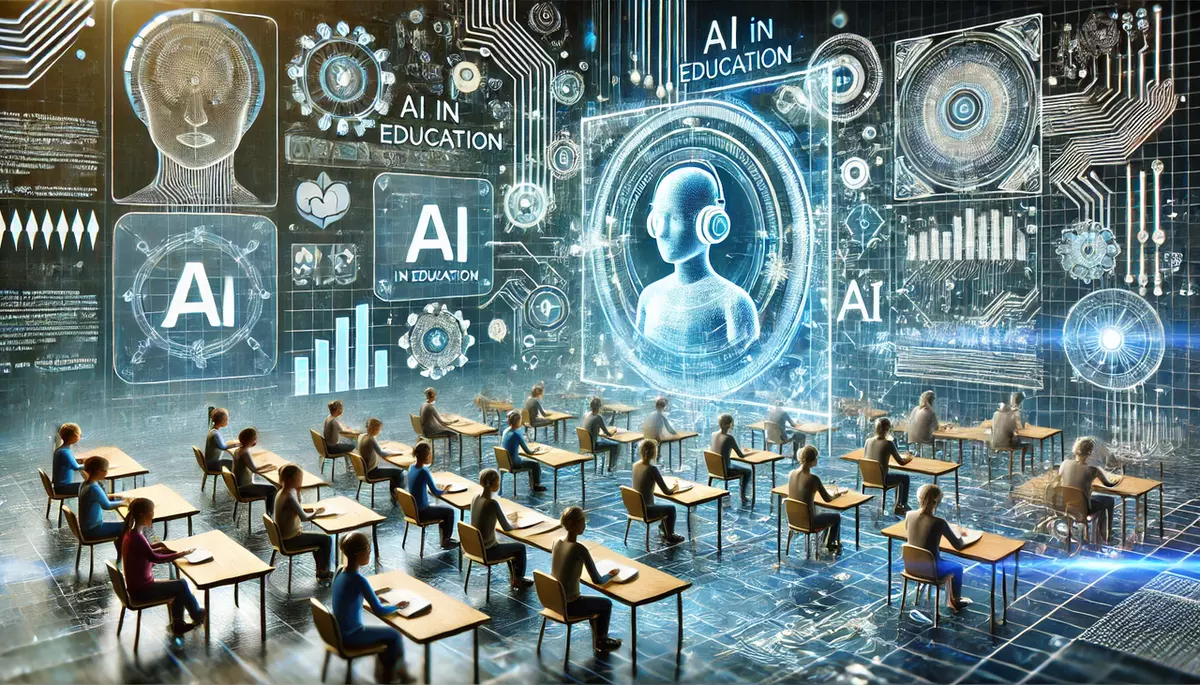Introduction
Virtual reality (VR) and augmented reality (AR) technologies have the potential to revolutionize the field of education, offering new and immersive ways for students to learn and engage with course material. This knowledge article explores the applications, benefits, and challenges of integrating VR and AR into educational settings.
What are Virtual and Augmented Reality?
Virtual reality is a computer-generated simulation that creates a fully immersive, three-dimensional environment. Users wear a VR headset that blocks out the real world and transports them into a virtual space, allowing them to interact with digital objects and environments as if they were physically present.
Augmented reality, on the other hand, overlays digital information, such as images, text, or 3D models, onto the user’s view of the real world, enhancing their perception of their surroundings.
Applications of VR and AR in Education
Immersive Learning Experiences
VR and AR can create highly engaging and interactive learning environments, allowing students to explore and manipulate virtual representations of complex concepts, such as molecular structures, historical events, or scientific phenomena.
Skill Development
VR and AR can be used to develop practical skills, such as surgical techniques, engineering design, or language learning, by providing realistic simulations and scenarios for students to practice in a safe and controlled environment.
Remote and Distance Learning
VR and AR technologies can enhance remote and distance learning by providing students with a more immersive and interactive experience, bridging the gap between physical and virtual classrooms.
Benefits of VR and AR in Education
Increased Engagement and Motivation
The immersive and interactive nature of VR and AR can significantly increase student engagement and motivation, leading to improved learning outcomes.
Enhanced Comprehension and Retention
VR and AR can help students better understand and retain information by providing them with a more tangible and memorable learning experience.
Personalized Learning
VR and AR can enable personalized learning experiences, adapting to individual student needs and learning styles.
Challenges and Considerations
Cost and Infrastructure
Implementing VR and AR technologies in educational settings can be costly, requiring significant investments in hardware, software, and infrastructure.
Technological Limitations
Current VR and AR technologies may have limitations in terms of resolution, field of view, and latency, which can impact the quality of the learning experience.
Pedagogical Integration
Effectively integrating VR and AR into the curriculum and teaching practices requires careful planning, teacher training, and ongoing support.
Future Trends and Developments
As VR and AR technologies continue to evolve, we can expect to see advancements in areas such as:
- Increased Accessibility: More affordable and user-friendly VR and AR devices, making them more accessible to educational institutions.
- Improved Realism and Interactivity: Enhanced visual fidelity, haptic feedback, and natural interaction methods for a more immersive learning experience.
- Seamless Integration with Existing Systems: Better integration of VR and AR technologies with learning management systems and other educational software.
- Collaborative and Social Experiences: Opportunities for students to engage in shared virtual or augmented learning environments, fostering collaboration and social interaction.
Conclusion
Virtual and augmented reality technologies hold great promise for transforming the way we approach education. By providing immersive, interactive, and personalized learning experiences, VR and AR can enhance student engagement, comprehension, and skill development. As these technologies continue to evolve, their integration into educational settings will become increasingly important for preparing students for the challenges of the 21st century.
This knowledge base article is provided by Fabled Sky Research, a company dedicated to exploring and disseminating information on cutting-edge technologies. For more information, please visit our website at https://fabledsky.com/.
References
- Bouchrika, I. (2021). The Use of Virtual Reality in Education: Insights and Applications. Research Gate.
- Dede, C. (2009). Immersive Interfaces for Engagement and Learning. Science, 323(5910), 66-69.
- Freina, L., & Ott, M. (2015). A Literature Review on Immersive Virtual Reality in Education: State of the Art and Perspectives. The International Scientific Conference eLearning and Software for Education, 1, 133-141.
- Makransky, G., & Lilleholt, L. (2018). A Structural Equation Modeling Investigation of the Emotional Value of Immersive Virtual Reality in Education. Educational Technology Research and Development, 66(5), 1141-1164.
- Radianti, J., Majchrzak, T. A., Fromm, J., & Wohlgenannt, I. (2020). A Systematic Review of Immersive Virtual Reality Applications for Higher Education: Design Elements, Lessons Learned, and Research Agenda. Computers & Education, 147, 103778.

